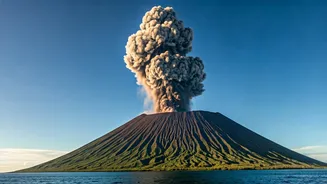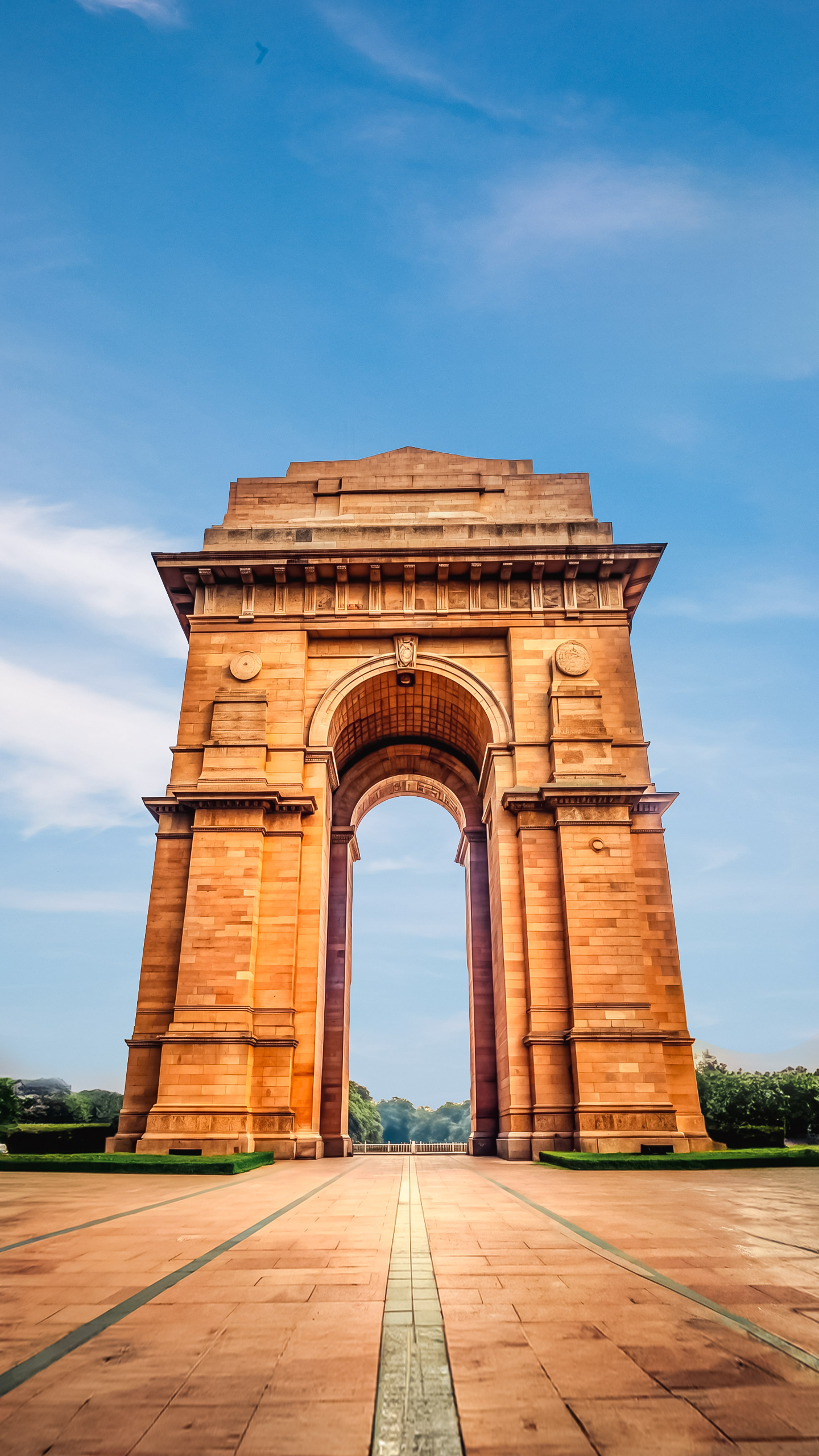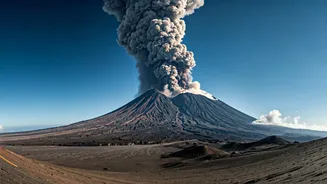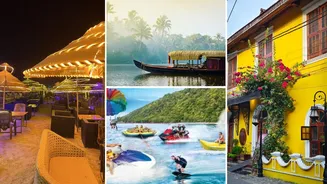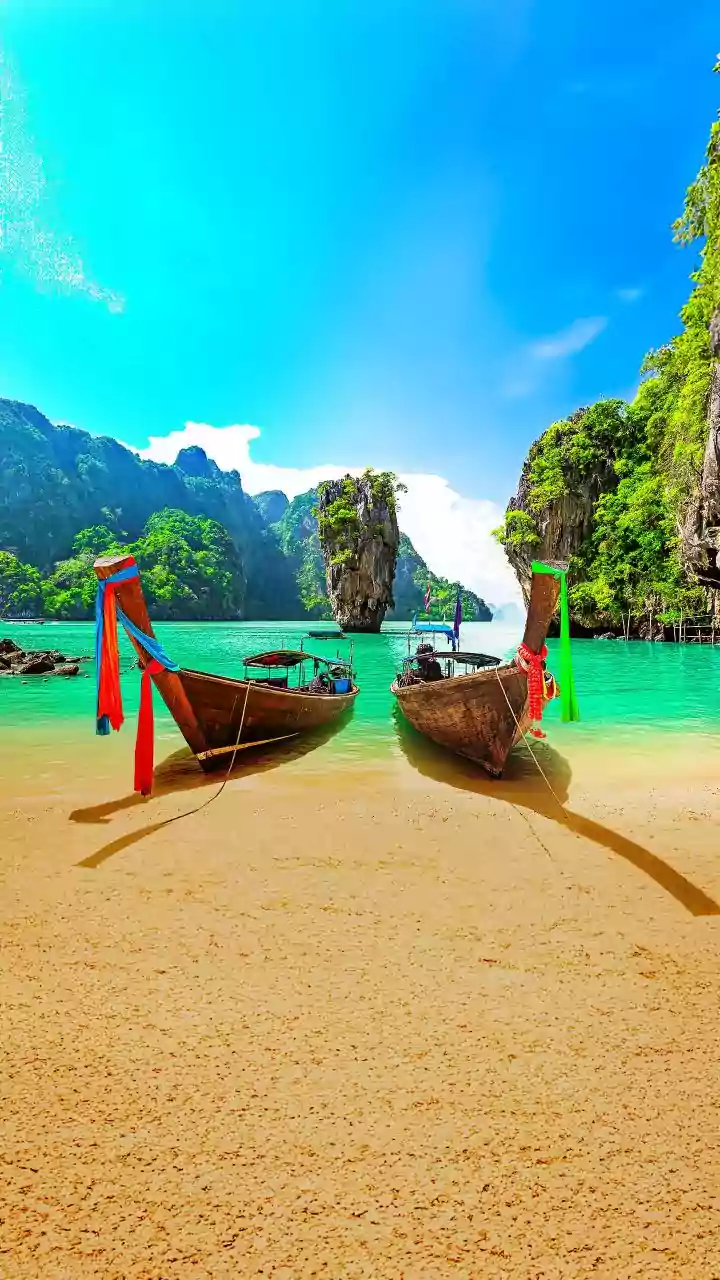Island's Active Volcano
Barren Island, as the name suggests, is a largely uninhabited island in the Andaman Sea. What sets it apart is its active status, making it India's only
confirmed active volcano. The island is located approximately 140 kilometers northeast of Port Blair, the capital of the Andaman and Nicobar Islands. Its location is a testament to the region's complex geological activity, arising from the convergence of tectonic plates. The island's volcanic nature results in a distinctive environment, with a landscape continually reshaped by eruptions and lava flows. This geological activity makes the island a fascinating site for scientific study and a unique element in India's natural landscape. The habitat around the volcano is affected by its activity, supporting unique ecosystems that have adapted to the volcanic environment.
Eruption History Unveiled
Historical records of Barren Island's eruptions offer valuable insight into its volcanic behavior. The first recorded eruption happened in 1787. Since then, the volcano has demonstrated intermittent periods of activity, with significant eruptions occurring over the centuries. Scientists have closely monitored these events, gathering crucial data on the frequency, intensity, and nature of the eruptions. These studies help to assess potential hazards and understand the long-term geological processes shaping the island. The data gathered provides a better understanding of how the volcano influences the surrounding marine environment and the ecosystems within its vicinity. Eruptions are a natural part of the island's life cycle, constantly changing its topography and creating new terrains. This dynamic activity highlights the ongoing geological processes at play.
Understanding Volcanic Area
Barren Island's small area belies the powerful forces at work beneath its surface. The island's size and shape are primarily the result of volcanic activity, with layers of solidified lava and ash forming its structure. The landscape is predominantly rocky and barren, with minimal vegetation. This unique ecosystem has a distinct habitat, with flora and fauna adapted to the harsh conditions. Despite its barren appearance, the island supports diverse wildlife, including seabirds, marine life, and unique plant life. Scientists continuously study this area to understand the volcano's impact on the environment, providing critical insights into volcanic processes. The area around the volcano is constantly influenced by eruptions and the resulting changes in the landscape, making it a dynamic and ever-evolving environment. The overall nature of the area highlights the ongoing geological activity.
